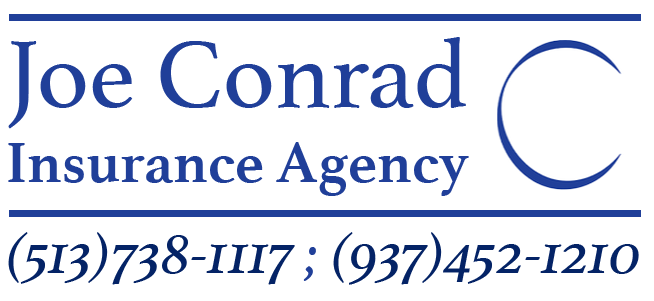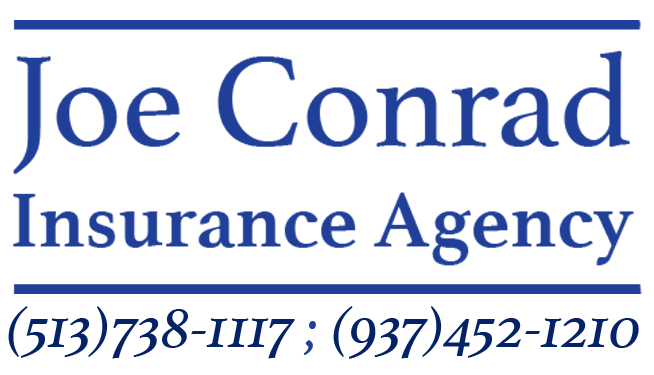As the leaves paint their breathtaking hues across the landscape, fall brings a sense of awe. Yet, amid the beauty lies a hidden menace—the increase in deer accidents. Did you know deer-related collisions account for over $1 billion in damages annually, with repairs averaging $3,000? As we approach the high-risk months of October to December, it's crucial to protect yourself and your vehicle with proactive steps.
Look for More Than One
If you see a deer cross the road, slow down and remain vigilant. Deer often move in groups, so expect others to follow closely behind.
Be Mindful of Peak Activity Hours
Deer are most active in the afternoon but are harder to see at dawn and dusk. Exercise extra caution when driving at these times, especially on rural roads or through wooded areas.
Heed the Signs
Deer crossing signs exist for a reason. They pinpoint high-traffic zones where deer often traverse the road. Reducing speed in these areas will afford you more time to react.
Use Your High Beams Wisely
At night, when there's no oncoming traffic, switch to high beams. This helps spot a deer's reflective eyes from a greater distance.
Know When Not to Swerve
If a deer suddenly appears in your path, brake firmly while staying in your lane. Swerving can lead to more severe accidents involving other vehicles, trees, or guardrails.
Use Your Seat Belt
Wearing your seat belt significantly decreases the risk of severe injury in the event of a collision.
If a Collision Occurs, Take Proper Steps
Move your vehicle safely off the road and activate your hazard lights. Call the police, avoid approaching the animal, and contact your insurance provider to report the incident.
While deer collisions present a serious seasonal hazard, they can be substantially reduced with caution and preparedness. Stay alert, and consider every rural road or wooded stretch a potential risk zone. For questions about your auto insurance coverage, particularly regarding deer-related accidents, feel free to contact our office. Drive safely this season!


